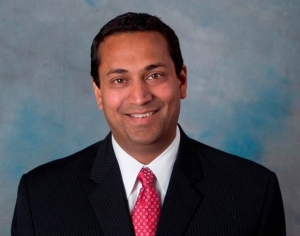by
Loren Bonner, DOTmed News Online Editor | April 10, 2013
Microline Surgical, a maker of surgical laparoscopic instruments, announced the appointment of Sharad H. Joshi as CEO. Joshi most recently served as Microline's President and COO. He spoke to DOTmed News about his new position.
DMN: What's your background?
SJ: Business development, marketing, sales, operations and R&D all in medical devices.



Ad Statistics
Times Displayed: 46142
Times Visited: 1302 Ampronix, a Top Master Distributor for Sony Medical, provides Sales, Service & Exchanges for Sony Surgical Displays, Printers, & More. Rely on Us for Expert Support Tailored to Your Needs. Email info@ampronix.com or Call 949-273-8000 for Premier Pricing.
DMN: How long have you been working in the industry?
SJ: 25 plus years.
DMN: What are your areas of interest?
SJ: Whenever medicine comes together with great technology and effective business practices, I get excited.
DMN: What are your goals as Microline's CEO?
SJ: To continue to provide high levels of clinical and economic value to our customers in 65 countries worldwide. We do that mainly through reposability, which combines high quality, highly tactile instruments with a wide variety of disposable tips for tens of thousands of patients every day. Understanding that surgery is becoming increasingly more automated, power assisted, motorized, transluminal and fully functioning, it's our ultimate goal to become the key provider of the essentials of surgery for our patients, our doctors and our partners.
DMN: What excites you most about the industry these days?
SJ: We are entering into a new revolution of medicine where the best of optics, endomechanical technology, energy and delivery have yet to be seen. In the next few years we will see more and more technologies that are not just expensive toys but offer significant clinical advantages. Today and in the future, health care needs to be both good (for patients) and frugal and it's those true innovations delivering both quality and cost-effectiveness that will survive the economics of cost-containment and be with us in the decades to come.

